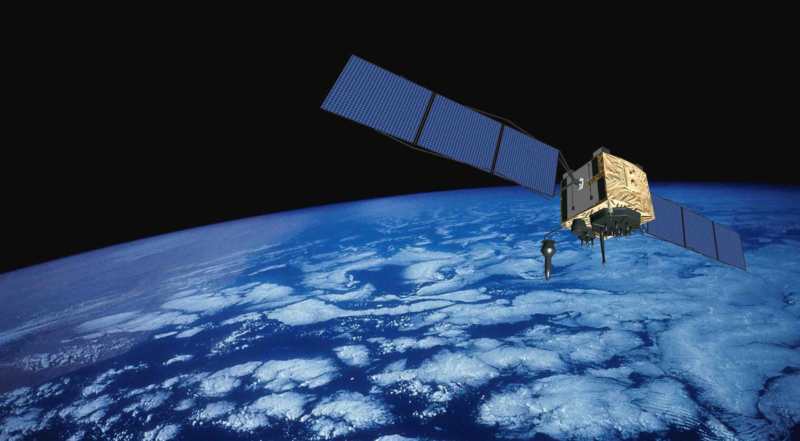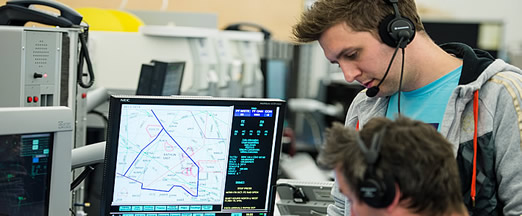The use of satellites in the transport industry is nothing new but, as I’ve written about before, we’re yet to really make the most of their capabilities in the air transport sector yet.
The concept of satellite communication has been widely used over remote areas of airspace such as the North Atlantic, but we haven’t yet fully exploited its use over land.
NATS is currently taking part in a programme named Iris that is funded by the European Space Agency (ESA). The Iris programme aims to provide a satellite-based communication channel for aviation safety services such as Air Traffic Control, which will enable the sharing of data between aircraft and Air Navigation Service Providers (ANSPs).
The European Datalink Implementing Rule (DLS IR) requires ANSPs to be able to communicate with pilots using what is in essence a text messaging system, instead of solely by voice communications. However, as is well known within the industry, the implementation of this functionality has had its problems.

Inside the Operations room at our Prestwick Centre
NATS is involved in much of the work to understand why the current terrestrial VHF system (VDL Mode 2), hasn’t worked as anticipated. However, alongside this we’re also working as a member of the Iris consortium to develop this satellite-based channel to complement any terrestrial, radio-based system and relieve the problems encountered so far.
Led by satellite company INMARSAT, the Iris programme features a whole host of major aviation and space industry partners such as Airbus, Boeing, Thales Alenia Space, Honeywell, Cobham and Indra, along with members of the datalink user community such as NATS, Avinor (the Norwegian ANSP) and Alitalia.
NATS is playing a crucial role within the programme, contributing to the more non-technical aspects of the programme which are important in terms of adoption of the service. These aspects can make or break the success of the development overall. As the lead ANSP NATS is adding valuable ATM operational insight to various parts of the work, as well as leading a communication campaign in terms of the benefits of these near-future services.
A further key part of the puzzle which NATS is focusing on is the framework within which the services will ultimately be delivered to ANSPs and other stakeholders, and how the delivery entity should operate.
The programme is making good progress and I joined colleagues from Airbus and Alitalia at INMARSAT’s annual aviation conference in Dublin earlier this month to discuss how work is progressing and to outline the benefits we think it will deliver.
Ultimately, as well as helping us to meet the European Datalink mandate, we expect the technology being tested through Iris to provide benefits by reducing controller workload, helping to improve flight routing and enabling fuel savings for airlines – in essence, enabling us to provide a better service to our customers.
Comments
Please respect our commenting policy and guidelines when posting on this website.





30.06.2016
20:19
Steve Balfour
Ricado, why is it that in 2016, we still can’t talk to pilots flying over The North Atlantic Ocean, when, 46 years ago, we could talk to men on the surface of The Moon?
15.07.2016
14:37
Ricardo
Hi Steve, NASA had a pretty endless and sponsored budget in those days 🙂 As with many things in aviation, modern technology requires legacy interfaces to connect to the safety-critical world. This is the case here where current generation comms satellites can support SatVoice, however there are some obvious performance restrictions and operationally the benefits wouldn’t be there for now. The trend in general as mentioned in the article is to move away from voice related ATC, to data based interactions…but in the future…